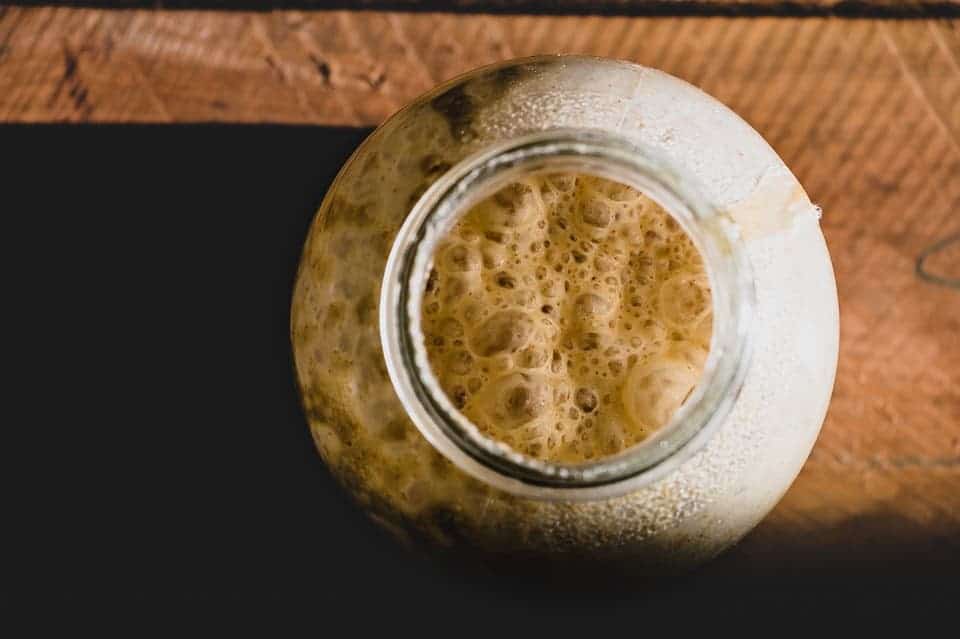Canadian researchers have coaxed brewer’s yeast into producing cannabis compounds.

You don’t need cannabis to get cannabinoids — at least not at the University of California, Berkeley. One team there successfully engineered a strain of brewer’s yeast that can produce cannabinoids — chemicals with medicinal and sometimes mind-altering properties.
Where there’s a yeast there’s a way
The team worked with brewer’s yeast (Saccharomyces cerevisiae), a very common strain of yeast that humans have been using since times immemorial. They engineered this tiny organism to turn galactose, a sugar, into tetrahydrocannabinol (THC), the main psychoactive compound in cannabis (Cannabis sativa). This new yeast can also synthesize cannabidiol (CBD), another major cannabinoid with potential therapeutic benefits, including anxiolytic (anti-anxiety) and analgesic effects.
The authors — led by synthetic biologist Jay Keasling at the University of California, Berkeley — took S. cerevisiae and modified several of its original genes, as well as introducing others from the cannabis plant and five bacteria strains. In total, 16 genetic modifications were needed to allow the yeast to transform galactose into inactive forms of THC or CBD. Simply heating these compounds then switches them into an active form.
As proof of their concept, the team used this yeast to produce solutions with concentrations of roughly 8 milligrams per liter of THC as well as lower levels of CBD.
That’s not really very much. The yields need to be increased at least 100-fold for the process to be cost-competitive with cannabinoids extracted from plants says Jason Poulos, chief executive of Librede for Nature. Librede holds the first patent on a sugar-to-cannabinoid process involving yeast.
However, overall, the findings are encouraging. Previous work on the subject described parts of the cannabinoid production process in yeast, but it never really brought it all together. The presents study is the first to show that, “It actually works inside one cell, which is cool,” Kevin Chen, chief executive of Hyasynth Bio, said to Nature. They hope that this new fermentation process will enable manufacturers to produce THC, CBD, and rare cannabinoids — those found in trace amounts in nature — more cheaply, efficiently, and reliably than conventional plant-based cultivation.
Kesling’s team was also able to engineer the yeast in such a way that it will transform various fatty acids into cannabinoids not seen in nature. Such compounds will be screened to determine any therapeutic properties and, should any hold promise, be patented (as they’re not natural compounds). This could help draw in interest from drug companies, the team admits.
The process is nowhere near ready for commercial applications, however. It will likely take a year and a half or two years of work to make synthetic cannabinoids cheaply enough to sell to either pharmaceutical companies or the general public.
The paper “Complete biosynthesis of cannabinoids and their unnatural analogues in yeast” has been published in the journal Nature.



